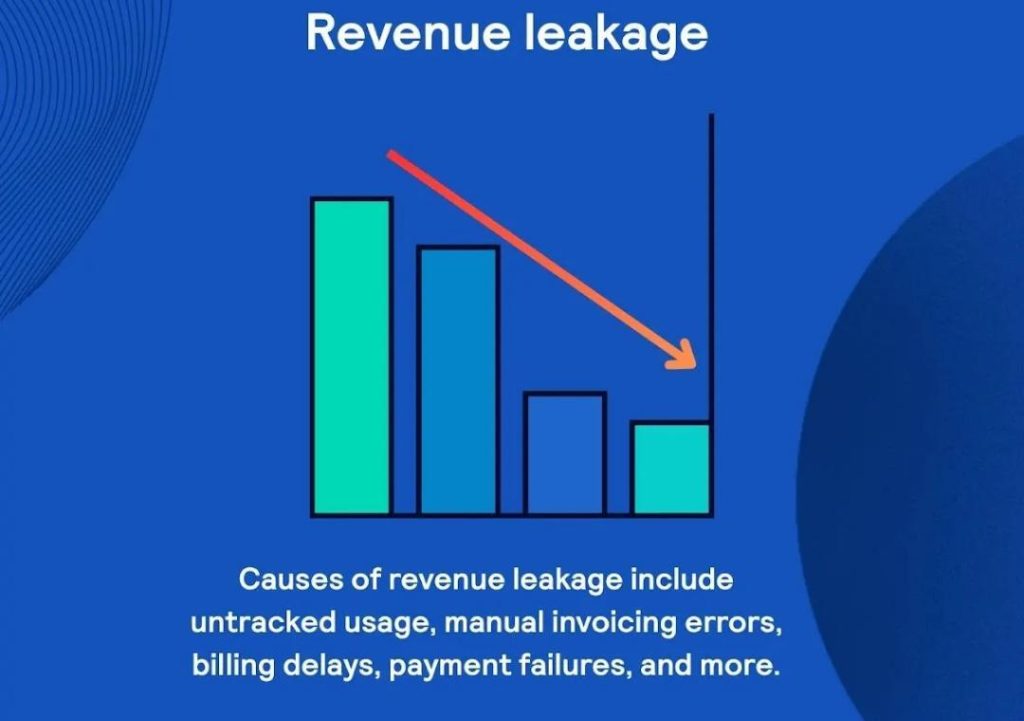
How Does a Revenue Audit Reveal Hidden Growth Leaks?
As a business owner, you’re constantly on the lookout for ways to optimize your revenue streams and boost profits. One often-overlooked strategy is conducting a revenue audit, which can reveal hidden growth leaks that are costing your company valuable income. In this post, we’ll explore what a revenue audit is, how it works, and the benefits of identifying and fixing these leaks.
What is a Revenue Audit?
A revenue audit is not just a financial check; it’s a comprehensive review of the entire revenue cycle. This process involves mapping out every stage of the revenue generation process, from sales to billing to customer retention. By examining each step, a revenue audit can identify inefficiencies, pricing gaps, or leakage that may be hindering your company’s growth.
What Kind of Growth Leaks Can a Revenue Audit Reveal?
When conducting a revenue audit, companies often find hidden growth leaks that can be categorized into several areas:
- Missed Upselling Opportunities: Are you leaving money on the table by not offering customers additional products or services? A revenue audit can help identify these opportunities and provide guidance on how to capitalize on them.
- Unoptimized Billing Systems: Are your billing processes inefficient, leading to lost revenue or unnecessary costs? A revenue audit can identify areas for improvement and provide recommendations for streamlining your billing system.
- Customer Churn Patterns: Are customers abandoning your business at an alarming rate? A revenue audit can help identify the reasons behind customer churn and provide strategies for retaining these clients.
- Pricing Gaps: Are you pricing your products or services correctly? A revenue audit can help identify pricing gaps and provide recommendations for optimizing your pricing strategy.
- Inefficient Sales Processes: Are your sales processes wasting time and resources? A revenue audit can identify areas for improvement and provide guidance on how to optimize your sales strategy.
How Does a Revenue Audit Work?
A revenue audit typically involves the following steps:
- Data Collection: The audit team collects data from various sources, including financial records, customer information, sales data, and more.
- Data Analysis: The data is analyzed to identify trends, patterns, and areas for improvement.
- Audit Report: A comprehensive report is prepared, highlighting the findings and recommendations for improvement.
- Implementation: The recommendations are implemented, and the company begins to see the benefits of a revenue audit.
Benefits of a Revenue Audit
Conducting a revenue audit can have numerous benefits for your business, including:
- Improved Profits: By identifying and fixing hidden growth leaks, you can improve your company’s profitability without relying on new sales.
- Increased Efficiency: A revenue audit can help streamline your sales and billing processes, reducing waste and improving productivity.
- Better Customer Retention: By identifying and addressing customer churn patterns, you can improve customer satisfaction and retention rates.
- Data-Driven Decision Making: A revenue audit provides valuable insights and data, enabling you to make informed decisions about your business.
Conclusion
A revenue audit is a powerful tool for businesses looking to optimize their revenue streams and boost profits. By identifying and fixing hidden growth leaks, companies can improve their financial performance without relying on new sales. Whether you’re looking to improve your sales and billing processes, optimize your pricing strategy, or reduce customer churn, a revenue audit can provide the clarity and direction you need to drive growth.
Source:
https://www.growthjockey.com/blogs/revenue-audit
Note: The source URL provided is the actual URL of the blog post on Growth Jockey’s website.






